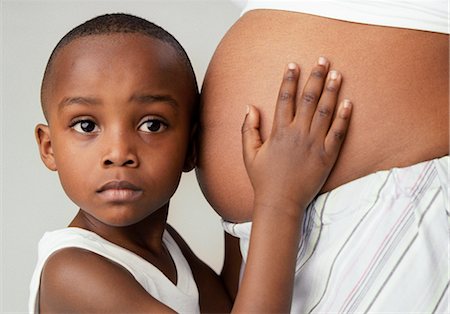- June 3, 2016
- Posted by: emobile
- Category: Uncategorized
No Comments

Emobileclinic Trending Topic
Fibrocystic breast disease is commonly referred to as fibrocystic breasts or fibrocystic change. It is a benign (noncancerous) condition in which a woman has painful lumps in her breasts. It is not dangerous but it can be a worrisome condition because it can cause discomfort. The condition is common as more than half of women will develop fibrocystic breast disease at some point in their lives. This health condition can make the detection of breast cancer more challenging.
Causes of Fibrocystic Breast Disease
Changes of breast tissue due to the hormones made by the ovaries
Cysts (fluid-filled sacs) or swelling of your breast lobules
Excess growth of fibrous tissues.
Vulnerable group
Women in their 30s to 50s.
Fibrocystic Breast Disease and Cancer
Fibrocystic breast disease does not increase the risk of getting cancer, but the changes in your breasts can make it more difficult for you or your doctor to identify potentially cancerous lumps during breast examination. Some cysts in fibrocystic breasts look or feel like cancerous lumps and require a biopsy to rule out cancer.
Symptoms of Fibrocystic Breast Disease
Swelling, tenderness, pain, a thickening of tissue, or lumps in one or both breasts.
Inability of the lumps in fibrocystic breasts to move
Pain under your arms.
Green or dark brown discharge from their nipples.
Clear, red, or bloody fluid comes out of your nipple because this may be a sign of breast cancer.
Physical breast examination.
Mammogram or ultrasound to get a better look at the changes in your breasts.
Biopsy to know if it is cancerous.
Treatment
It varies from simple home treatment to surgical intervention depending on the nature.
Home Treatment
Use of ibuprofen and acetaminophen
Wearing a well-fitting, supportive bra to reduce breast pain and tenderness.
Applying warm or cold compresses
Medical Intervention
Birth control pills or hormones
Fine needle aspiration to remove the fluid from the cyst using a needle
Lumpectomy
Dietary Changes
Limit caffeine intake
Eat a low-fat diet
Seeking Medical Attention
New or different lumps in your breasts
Redness or puckering of the skin on your breasts
Discharge from your nipple if it is clear, red, or bloody
Flattening of your nipple.

